

Max Davies
2026 Toyota HiAce review
5 Hours Ago
There are a heap of electric vans coming to Australia, but China's LDV has stolen the march on its rivals in the heavy commercial segment.

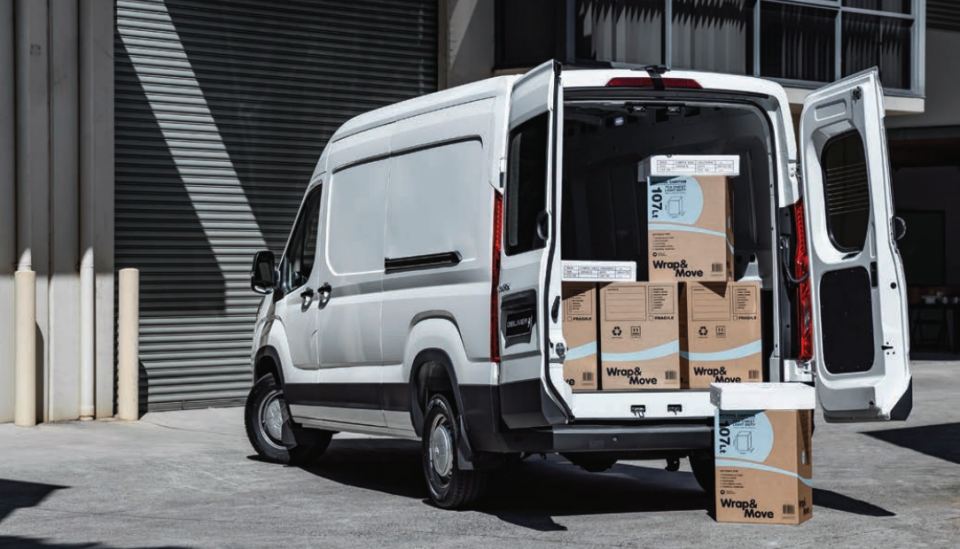

Quickly see how this car stacks up against its competition. Select any benchmark to see more details.
Where expert car reviews meet expert car buying – CarExpert gives you trusted advice, personalised service and real savings on your next new car.
The diesel LDV Deliver 9 from China has become Australia’s top-selling large van, eclipsing the Mercedes-Benz Sprinter on the charts due to sharp pricing.

That’s not what this eDeliver 9 battery EV is about though. Somewhat popular in Europe and China they may be, but electric vans are few and far between here in Australia.
Yet some fleet operators offering last-mile delivery services want to get some into their roster. The driving factor may be corporate CO2 targets, a desire to future-proof, or just good old-fashioned eco-consciousness.
IKEA, for example, is one company that has jumped on board. Perhaps your next bookcase or couch may make its way to you in an eDeliver 9… though it’s statistically unlikely.
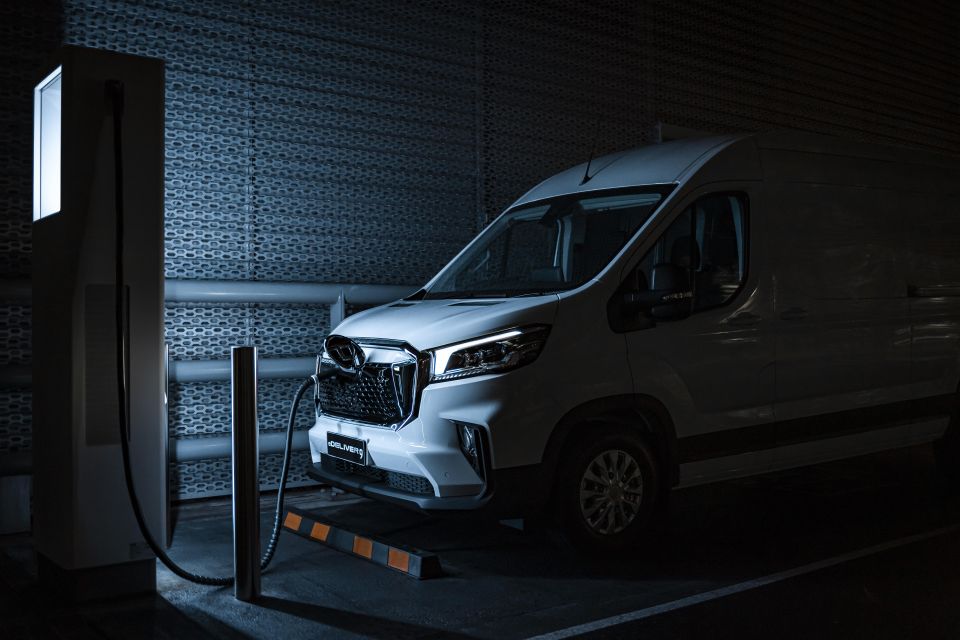
The Ford E-Transit (mid 2023), Mercedes-Benz eSprinter and Renault Master E-Tech (both 2024) are on their way, yet it’s unheralded LDV that beat them to the punch – perhaps no great shock given China’s global dominance in most things EV.
The company says its electric load-carrier is “aimed squarely at sole traders, SMEs, transport companies and corporate fleets who want to reduce their environmental footprint”, and cites its “whisper quiet progress and reduced maintenance costs”.
Here’s the kicker. We’re used to EVs commanding a premium, offset by their lower running costs, but in the case of the eDeliver 9 van the gap is simply too massive to overcome.
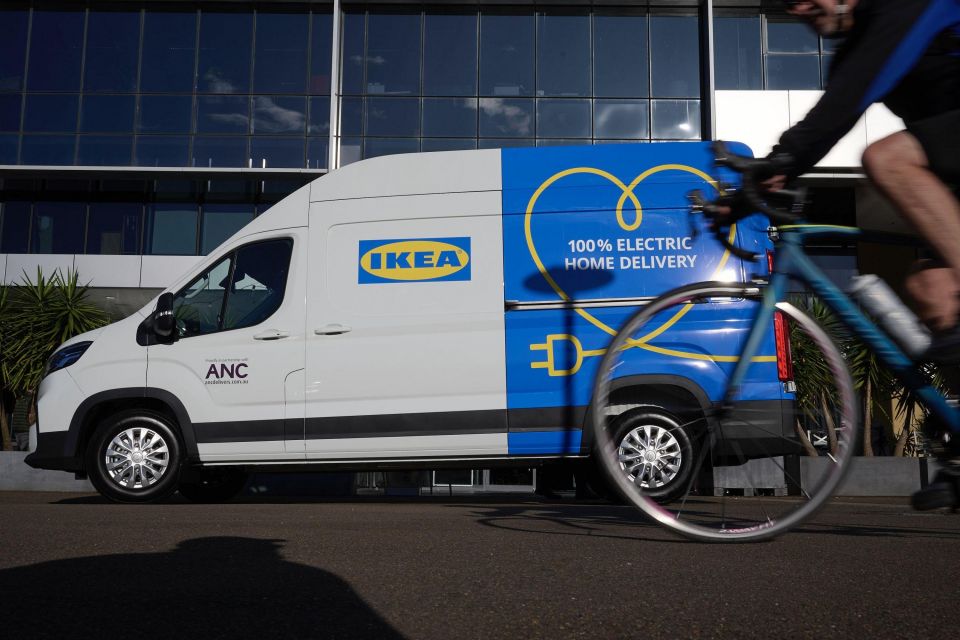
At the time of writing LDV was advertising ABN pricing for the equivalent Deliver 9 diesel-automatic for $46,490 drive-away (Mid Roof) or $48,490 (High Roof). By contrast, the eDeliver 9 costs $116,537 (Mid Roof) or $118,836 (High Roof).
That’s a $70,000 price gap, equal to a jump of about 150 per cent.
2023 LDV eDeliver 9 pricing:
There isn’t any competition at the eDeliver 9’s size just yet (which may explain the price), though the smaller Mercedes-Benz eVito is available at about $90,000.
Buy your new car without the stress. It's fast, simple and completely free.

Great service from Travis and team, second time I have used this business would not hesitate to recommend them to anyone
Craig C.
Purchased a Ford Ranger in Sunshine Coast, QLD
CarExpert helped Craig save thousands on his Ford Ranger, now let us save you on your next new car.
Find a dealIt’s a relatively comfortable work space, with the typical commanding road view afforded by the elevated seat height. The side windows and slim A-pillars give excellent outboard visibility.
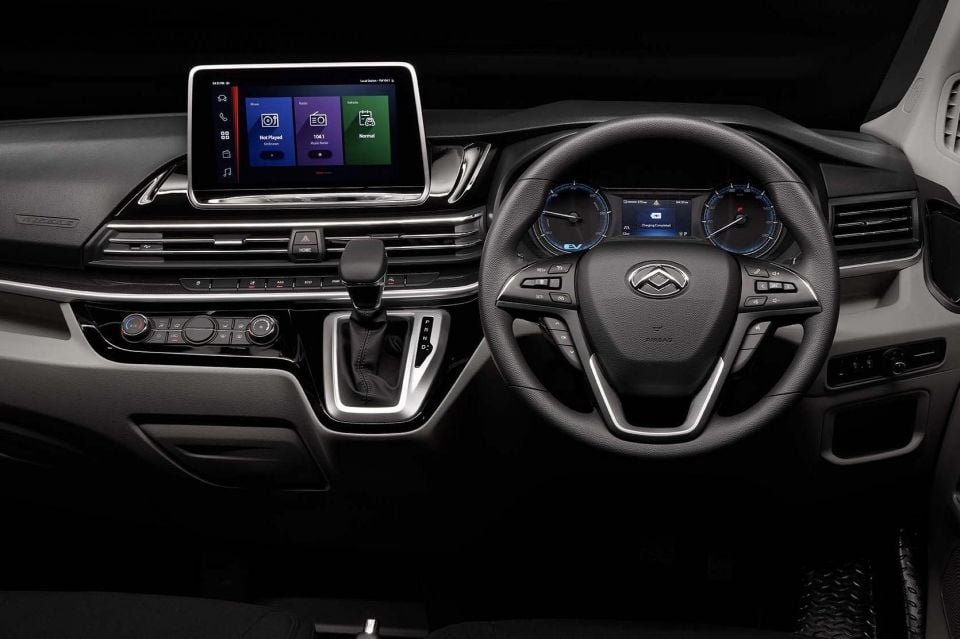
The driver’s seat moves fore and aft, and up and down, and has a pull-down left-hand-side armrest. The passenger-side seat bench seats two, with the centre section able to fold down to become a tray and cupholder.
There are plenty of places to stow your stuff – big bottle bins, 1L bottle holders next to the steering wheel, the flip-down centre seat, under the passenger seat, in the glovebox, and in the cubbies mounted to the roof above your head.

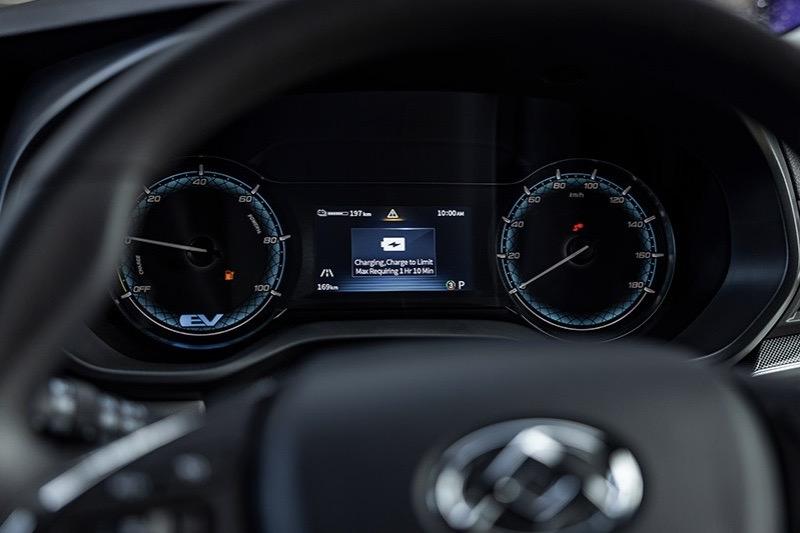

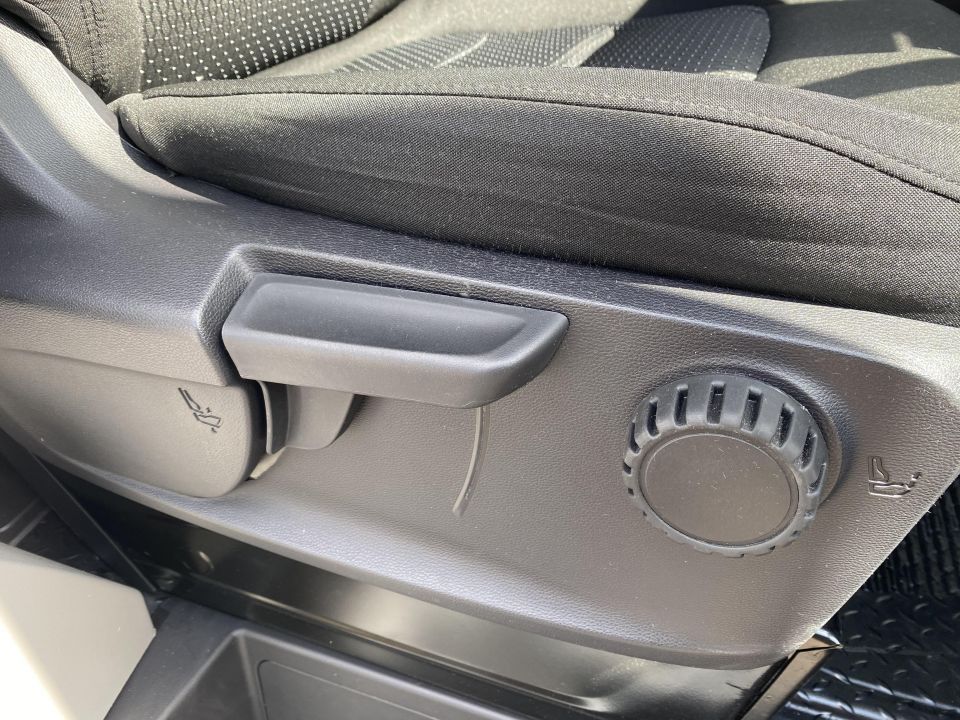
LDV fitted a solid bulkhead between the cabin and loading area, which offered as much protection as a crash cage with the added bonus of isolating you from added road noise.
The build quality felt reasonably good, with acceptable panel fit and no rattles, but this was also a brand new vehicle. The plastics are no tactile delight, especially the interior door handles and the dash. The floor is covered in a rubber-like trim that wipes clean.
Behind the multi-function wheel (cruise control buttons on the left spoke and audio/phone on the right) are analogue gauges with a small LCD display between, offering speed readouts and charge status.
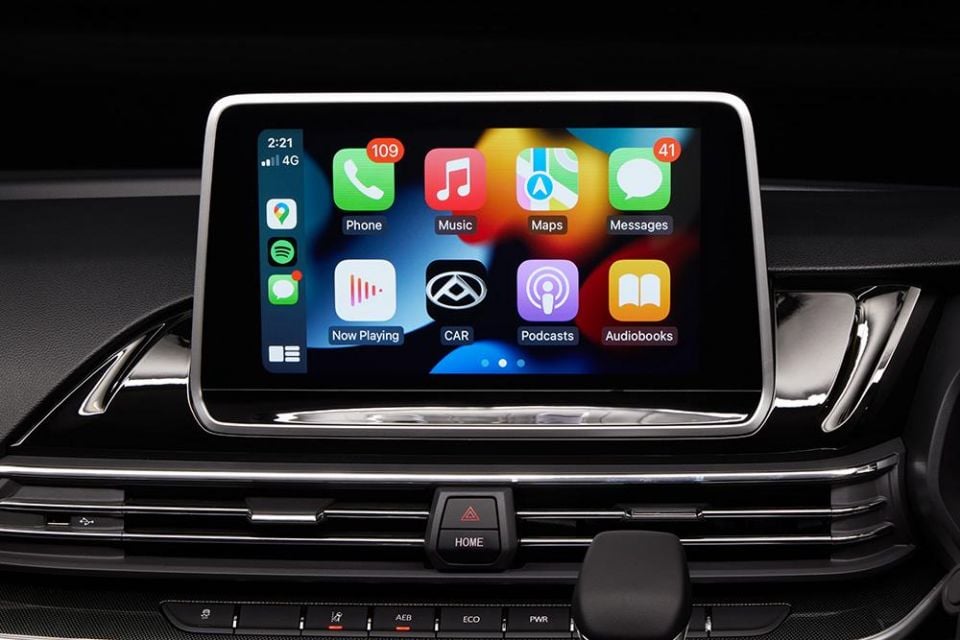
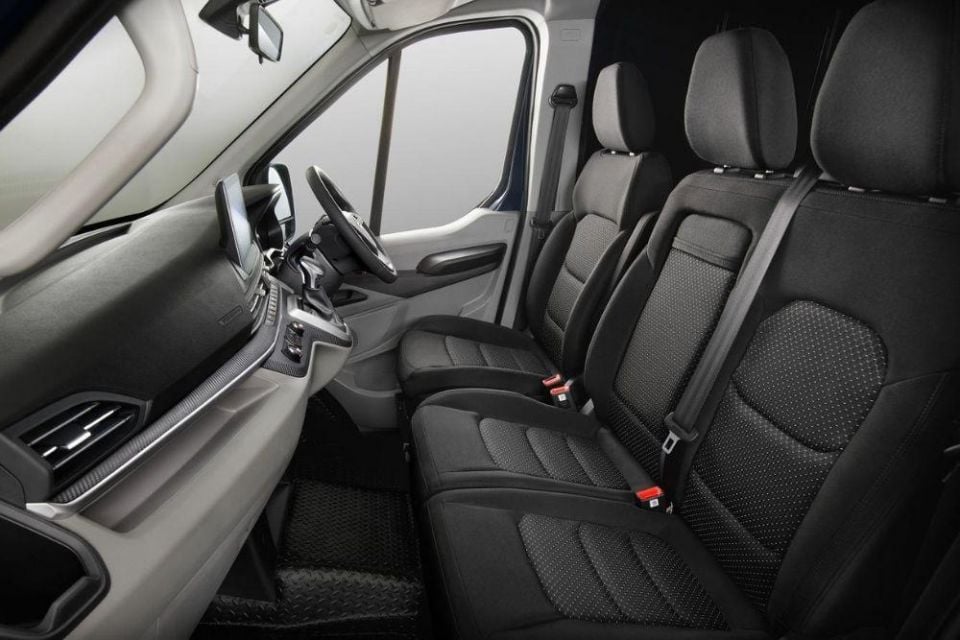
The 10.1-inch centre touchscreen isn’t the fastest or clearest, and lacks sat-nav and Android Auto. You do get Apple CarPlay and Bluetooth streaming however, and a high-mounted reversing camera display with a wide angle, but somewhat grainy resolution.
“From an operational perspective, the eDeliver 9 demands little, if any, compromise from the fleet operator,” claims LDV general manager Dinesh Chinnappa.
“The location of the battery under the floor has ensured zero impact on the cargo space. There has been no reduction in cubic capacity or disruption to the flat floor space, so our launch range is optimised for urban logistics with no compromise on capabilities.”

As the table below shows, the EV and diesel LWB Deliver 9s are the same length and width, and have the same wheelbase. There is a 10mm advantage to the EV in cargo height, but a payload advantage of 230-270kg because the eDeliver 9 is the heavier vehicle.
Still, 1350 to 1410kg payload is likely to satisfy the majority of users, especially considering heavy weights hinder driving range, meaning many electric vans are better for high-volume not high-weight objects.
Keep in mind that there’s just the one (passenger’s side) sliding cargo door.
The eDeliver 9 is powered by a 150kW/310Nm permanent magnet synchronous motor driving the front wheels. The diesel by contrast has 108kW and 3765Nm, and rear-wheel drive.

Vans are powered by the electricity stored in a 88.5kWh lithium iron phosphate battery pack, offering a claimed maximum WLTP driving range of 275-280km depending on roof height. With a heavy load this range will decline, as it will in cold weather.
One way to charge is using an AC wallbox installed at your base of operations which, at 11kW max, will fill the battery in 12 hours on a single-phase setup, or 8 hours on a three-phase.
A DC public charger (80kW) should take the eDeliver 9 from 20 per cent to 80 per cent state-of-charge, on-the-go, in about 45 minutes.
The eDeliver 9 has a rated towing capacity of 1500kg compared to 2800kg for the diesel, and its top speed is capped to 90km/h.
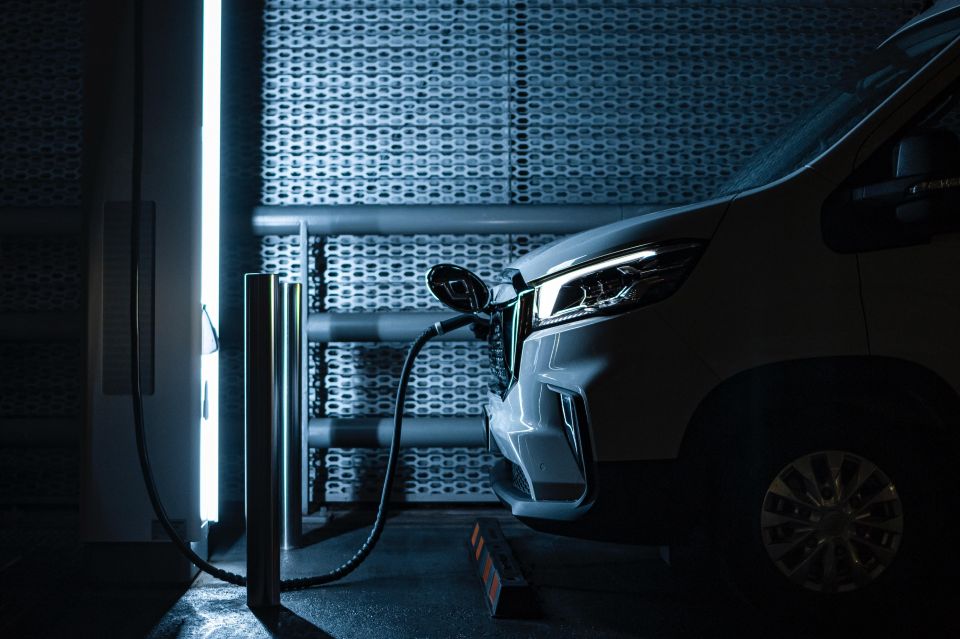
LDV eDeliver 9 Tech Specs:
It’s obviously far quieter than the diesel, which is especially pronounced at ‘idle’ when you’re doing deliveries, or leaning firmly onto the accelerator. If you do early morning deliveries I can see that being a big win.
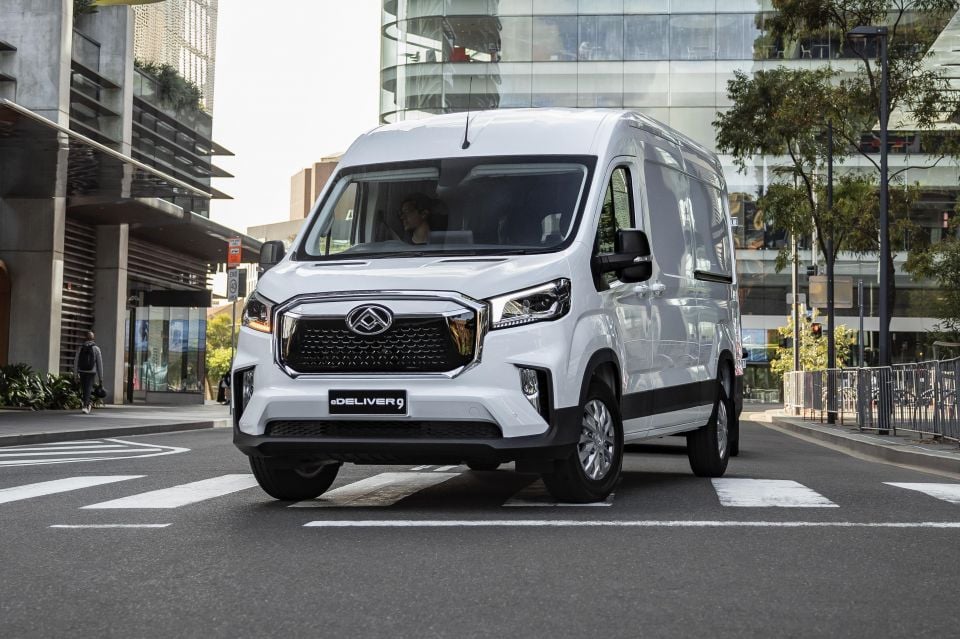
It’s also quite punchy and smooth off the line, with good pickup and consistent, linear acceleration until you run into the 90km/h speed limiter. This isn’t really going to go all that well on long highways – you’ll be relegated to the left-most lane.
The 280km range is based on claimed electricity consumption of around 34kWh per 100km, which isn’t that surprising considering it’s not remotely aerodynamic. This range figure is also certain to drop quickly with a heavy load and on cold winter mornings.
Our brief drive experience didn’t allow time for a detailed range-degradation test when laden, unfortunately.
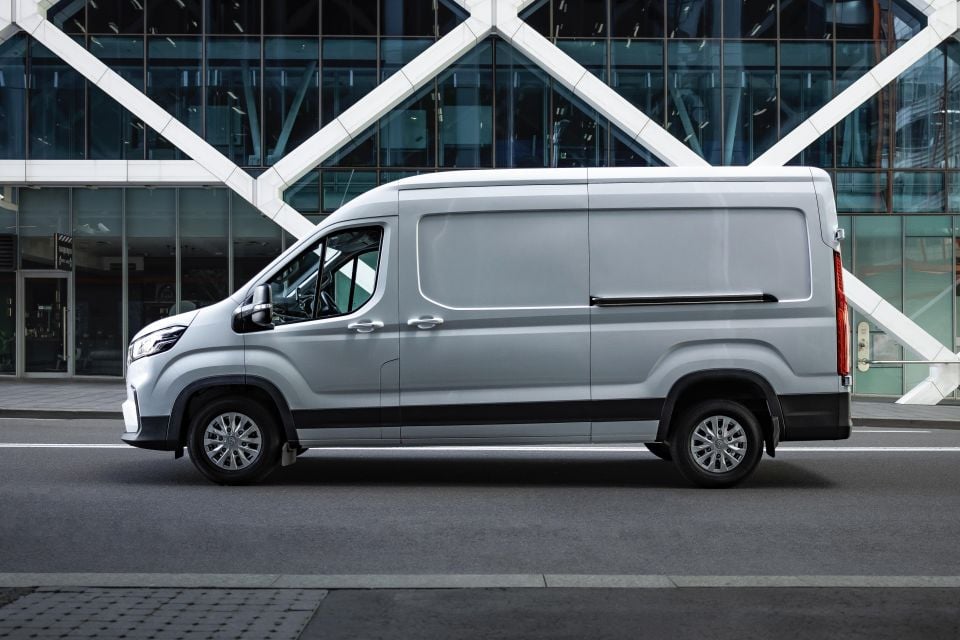
Unladen ride quality is pretty good for such a big van, and the added in-floor weight holds it in good stead against buffeting – though it always feels happier in stop/start traffic.
Fittingly LDV has updated the steering system to an electric motor type, and it’s very light.
Horses for course here: the eDeliver 9 would be hopeless as a logistics solution involving regional travel, but for urban last-mile deliveries it’s clearly superior to drive.
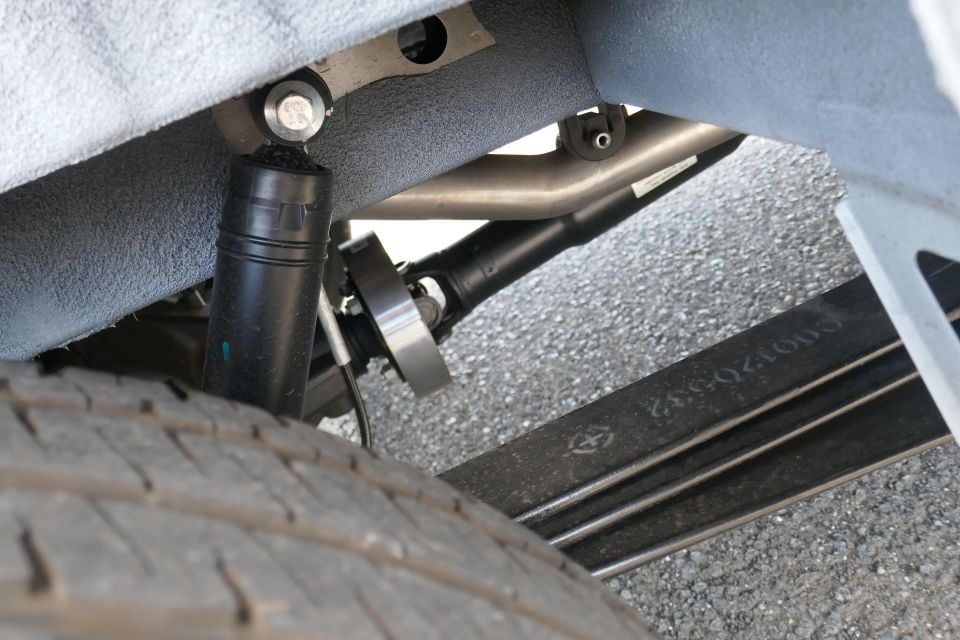
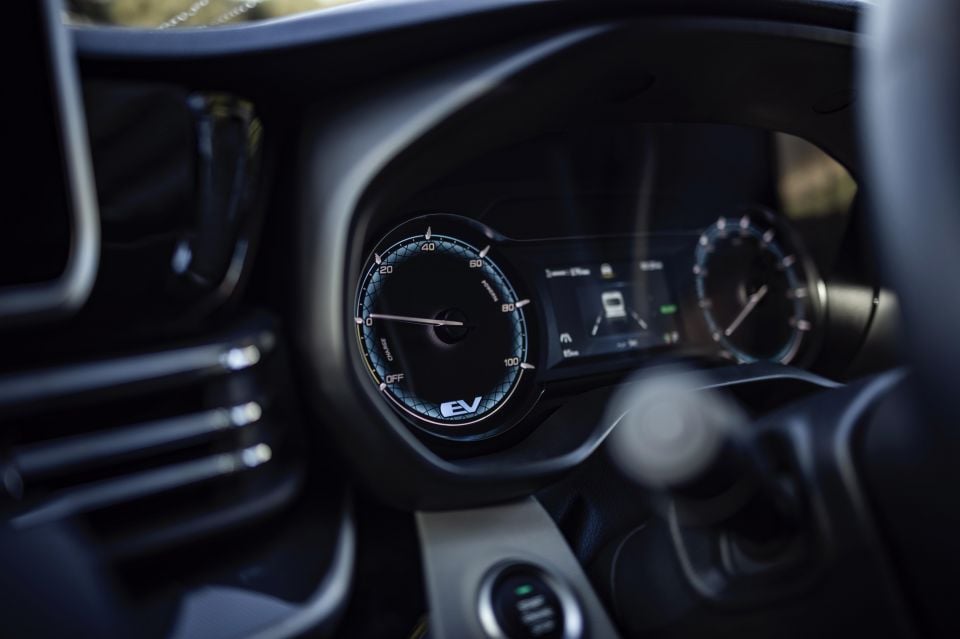
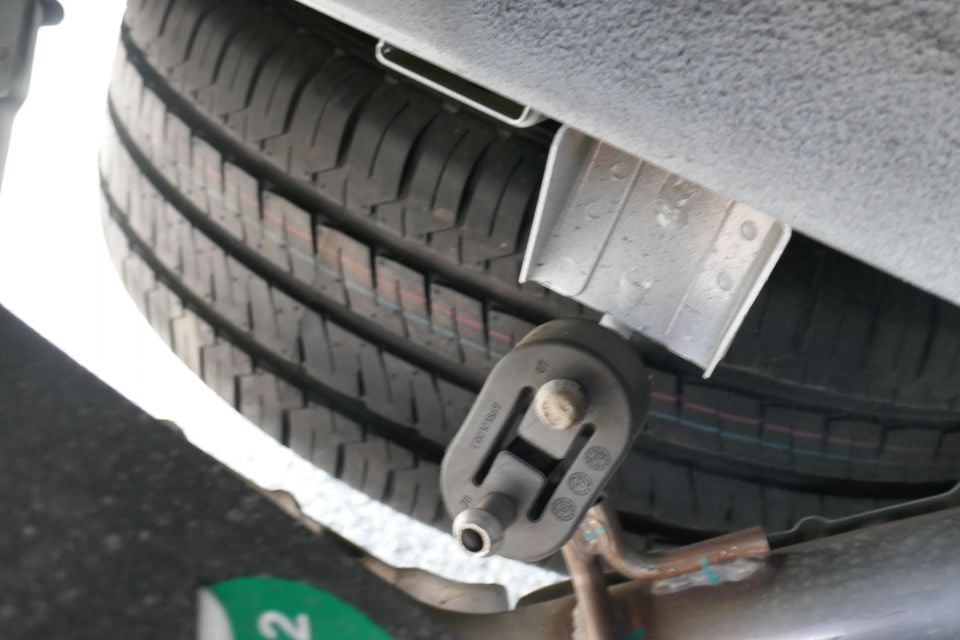
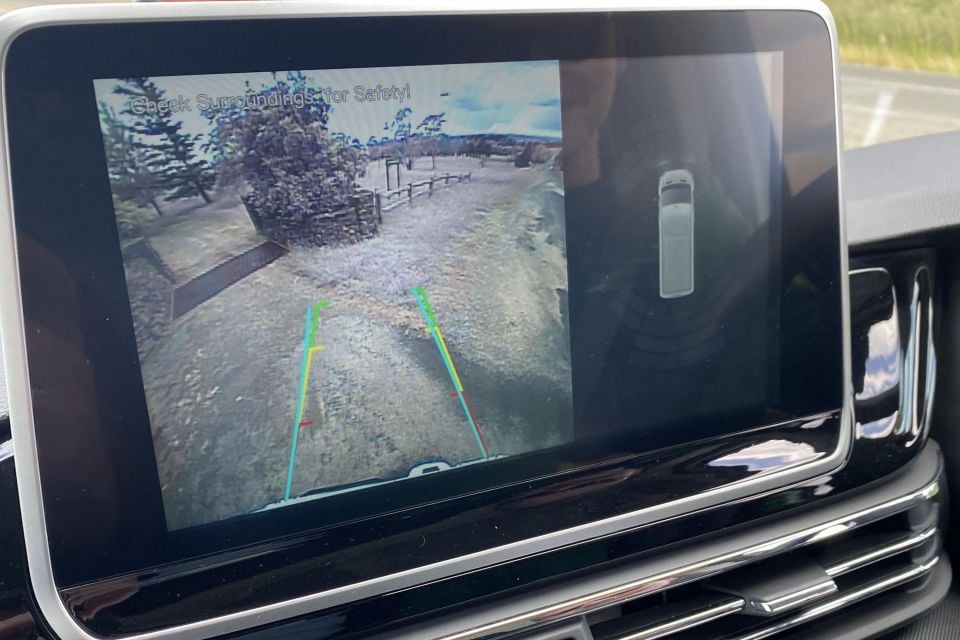
Exterior
Interior
While the LDV MIFA people-mover (including the MIFA 9 EV), D90 SUV and T60 Max ute all have five-star ANCAP safety ratings, the wider Deliver 9 and eDeliver 9 range are unrated.
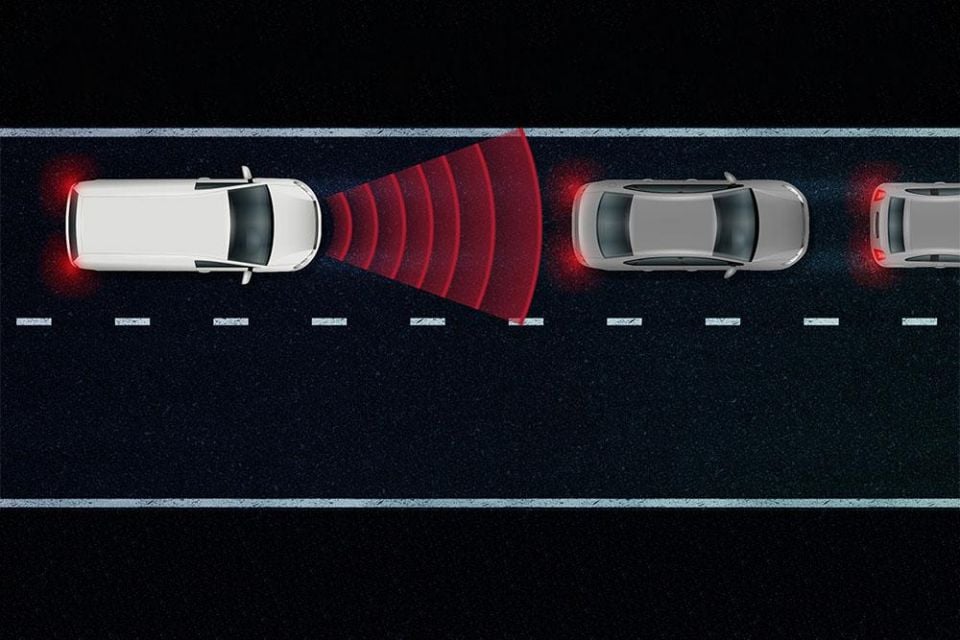
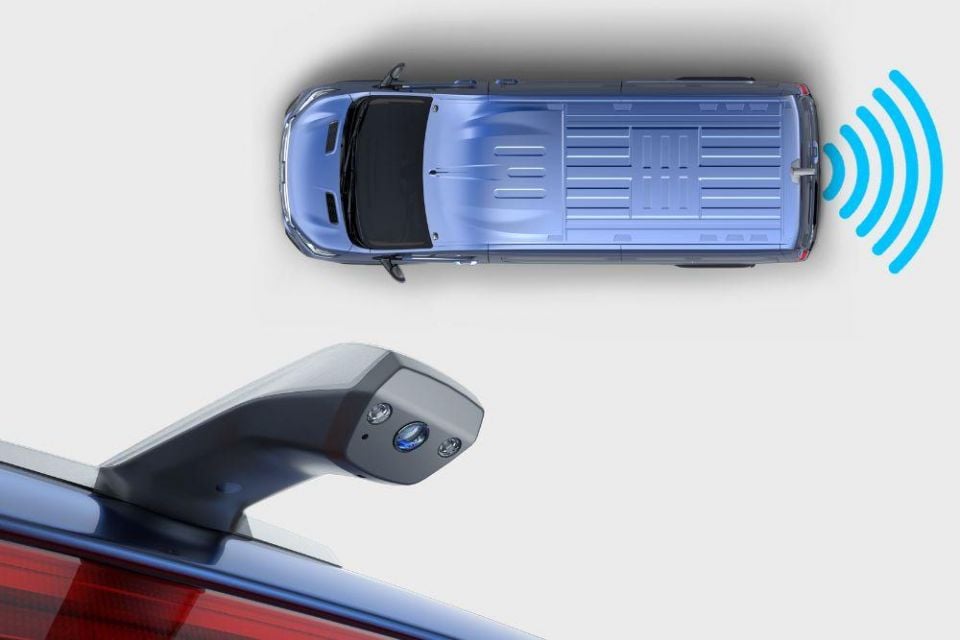
Where expert car reviews meet expert car buying – CarExpert gives you trusted advice, personalised service and real savings on your next new car.
That said they come with a number of safety and driver-assist features – though we’d like to see blind-spot monitoring added.
Standard safety features include:
The eDeliver 9’s warranty is five years or 160,000km, with roadside assist for five years and unlimited mileage. The battery gets an eight-year/160,000km battery warranty.

If we do some back-of-the-envelope numbers around running costs, you can see how that upfront price gap can be whittled down – to some degree.
A diesel Deliver 9 has an 80-litre tank which given the 10L/100km fuel consumption recorded in our review, equates to a range of around 800km per tank.
If we assume a bowser price of $2 per litre, it therefore requires $160 of diesel per 800km driven, which equals $40,000 of diesel for 200,000km total usage.
In the eDeliver 9 it would take about three battery cycles to cover the same 800km, requiring roughly 260kWh of electricity (the battery capacity multiplied by three).
At 30c per kWh this would cost $78, or off-peak at 20c per kWh it would cost around $52. Extrapolate this out to that 200,000km mark and the saving in this scenario by charging, rather than refilling with diesel, would end up sitting between $20,000 and $27,000.
Great! The problem is, the eDeliver 9 EV costs $70,000 more than the diesel version, so you’re still coming out tens of thousands of dollars in arrears.

This model assumes a few things such as diesel and power prices staying proportionately the same, and that the business operator isn’t using on-site solar and battery. It also neglects residuals.
What about service costs, you say? Three years or 95,000km (whichever comes first) of capped-price servicing for the Deliver 9 diesel costs $1962. While LDV doesn’t advise service costs for the eDeliver 9, but they ought to be cheaper.
But even were they free it still wouldn’t close the gap.
The eDeliver 9 is also not eligible for government’s EV fringe-benefits tax cuts, since its payload is too high and its price exceeds the threshold.
For urban deliveries an electric van makes perfect sense: silent, smooth and cheaper to run than a rattly diesel.
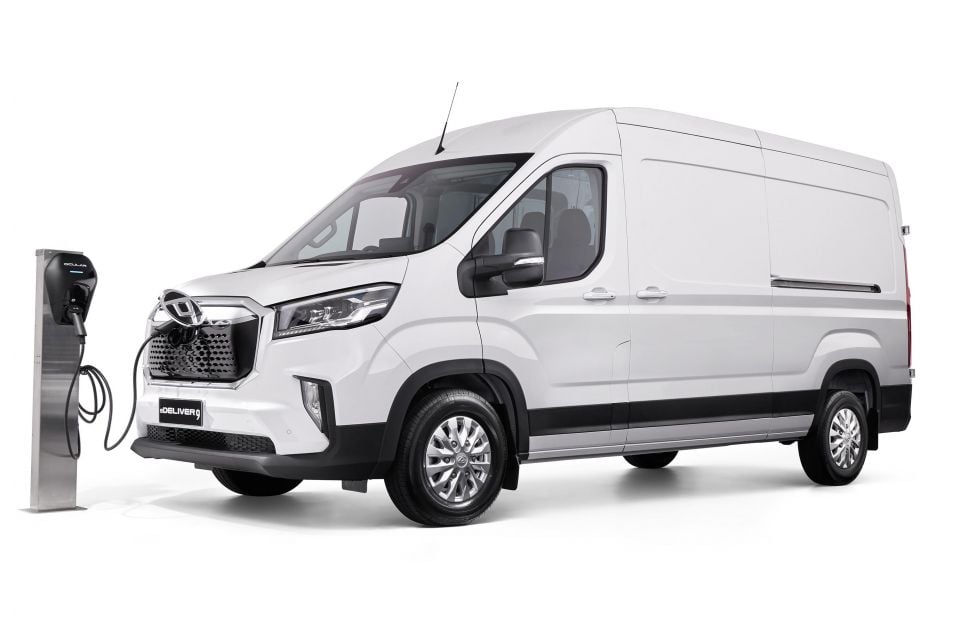
But at this price, sales will probably be limited to a small number of fleet operators with CO2 targets to hit, or a desire to get their heads around operational costs and capabilities.
The numbers don’t stack up as well as they should, and that fact really holds back what should be an excellent logistics option.
Click the images for the full gallery
MORE: Everything LDV Deliver 9
Where expert car reviews meet expert car buying – CarExpert gives you trusted advice, personalised service and real savings on your next new car.


Max Davies
5 Hours Ago


William Stopford
21 Hours Ago


Ben Zachariah
22 Hours Ago


Derek Fung
23 Hours Ago


Matt Campbell
1 Day Ago


William Stopford
2 Days Ago